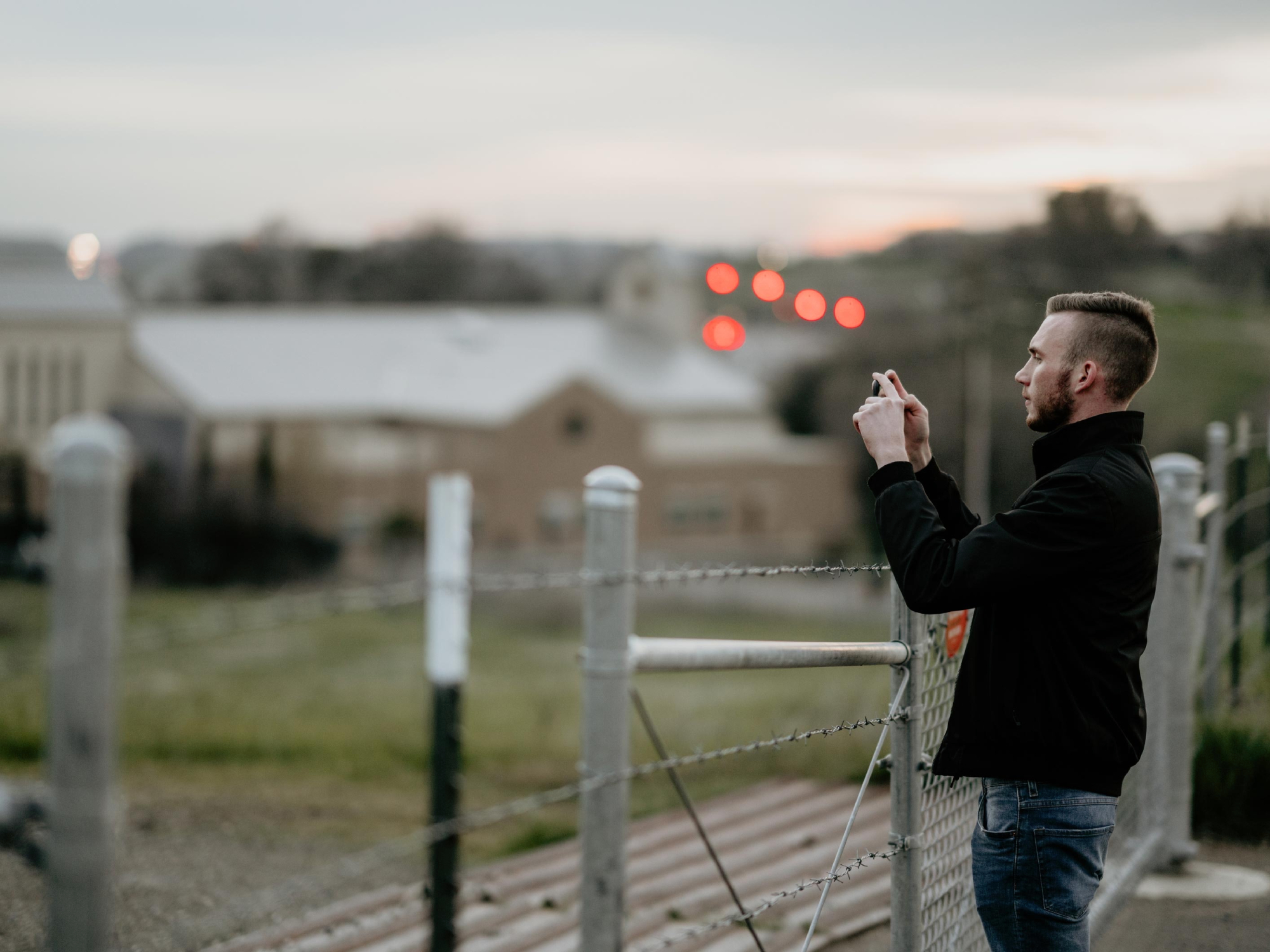

Maybe you love Apple’s Live Photos and use this three-second video format to create lasting memories of your aesthetic life. Or maybe you only use them by accident to create some of the most awkward selfies imaginable. Whatever the case, you should know that there are actually four types of these “living” photos and the key to unlocking them lies somewhat hidden within your phone.
How to take a Live Photo
To access the four kinds of Live Photos, you first have to take a picture. Start by opening your Camera app and making sure Photo is highlighted among the side-scrolling options above the shutter button. Then, check the Live Photo icon at the top of your screen. If it’s on, it’ll display as three yellow circles. If it’s off, you’ll see three white circles with a slash through them—tap it to turn it on.
Now all you have to do is take the photo. Live Photos capture the first 1.5 seconds before you hit the shutter button (or the volume-up or -down buttons if you prefer those), and the 1.5 seconds afterward. That’s why if you’re in the only-uses-this-feature-by-accident camp, your unfortunate selfies feature a bit of awkward facial movement before you hit the pose you want.
How to change Live Photo formats
Once you have a Live Photo, open it in your Photos app. Then, tap Live in the top left corner of your screen to open a dropdown menu with the four possible image types:
Live
This is your standard Live Photo. It will appear as a thumbnail, but you can press and hold on it to play it in its entirety or until you lift your finger, whichever happens first.
If you tap Edit, you can tweak it like any other photo, or touch the Live Photo icon to edit it like a video and remove any audio. Within the Live Photo editing screen, you can also tap anywhere on the carousel of frames to choose a new thumbnail image—lock it in place by tapping Make Key Photo. If you want to turn it into a standard photo, tap Live at the top of the screen to have it only appear as the single chosen key frame.
Loop
Choose this style, and the file will loop automatically, blurring the endpoints into each other—perfect for creating an image of you phasing in and out of existence in response to a particularly devastating roast, burn, or whatever you want to call it.
[Related: How to shoot great Instagram photos]
You’ll have fewer editing options with this one, as it automatically removes any audio and you can’t edit what portion of the original photo is included in the loop—this format appears to slightly trim the start and end of the file.
Bounce
The name is exactly what you get: a clip that plays once forward, then once in reverse, bouncing back and forth forever. Put your Live Photo into this format and you’ll have the same limited editing options as Loop (it may condense the clip even further), as well as no sound.
It’s essentially Instagram’s Boomerang feature, and you may find it useful for showing off your outfit in a dramatic spin like you’ve just stepped onto an exclusive red carpet.
Long Exposure
This option may have the most creative potential out of all four, because it makes for an image that for a long time was only possible with actual cameras. Morph your Live Photo into this format and you’ll get a standalone picture that combines all the frames of your three-second video into one image.
Using this effect, you can capture motion in a single frame, like car lights at night, fireworks, or a babbling brook. You could even use it for a selfie if you can stand still in front of a moving background. But if you use this by accident, you’ll get an unfortunate pic at best, and at worst you’ll look like a blurry-faced demonic creature cast out of the abyss.















